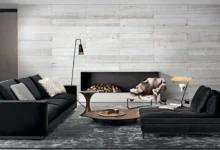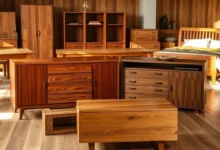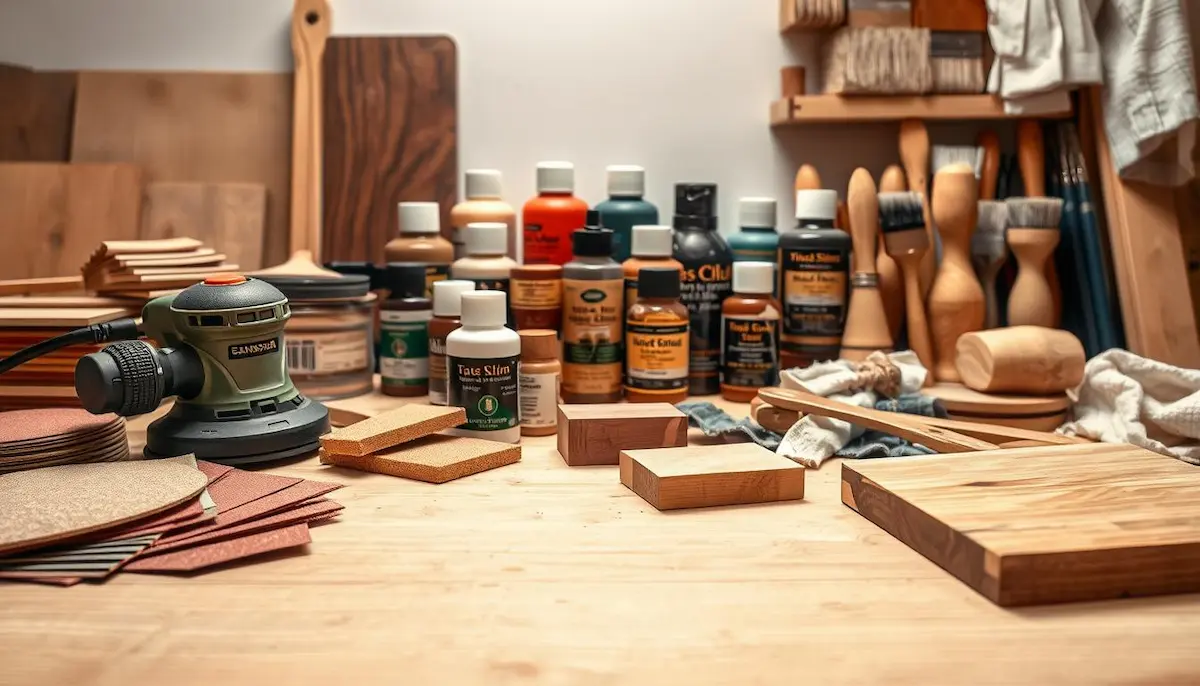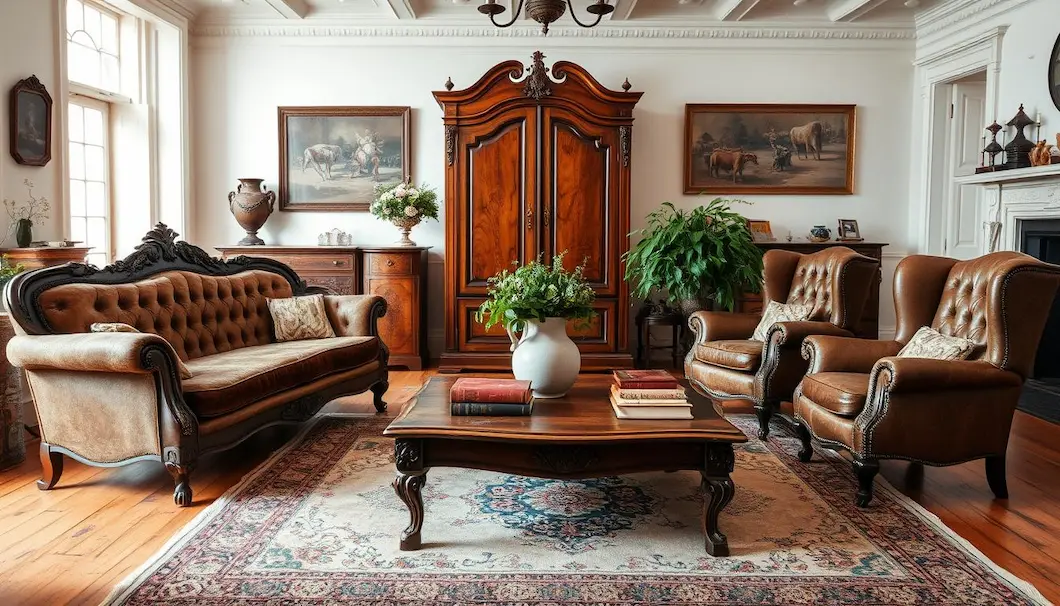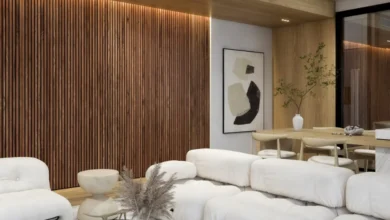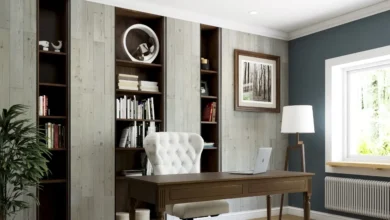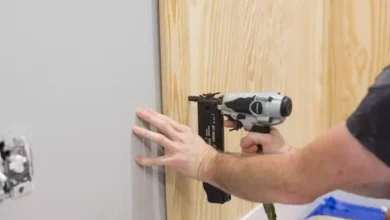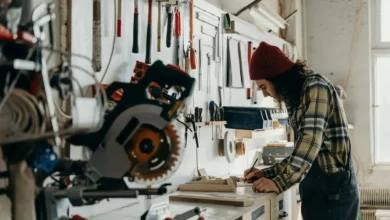Best Wall Ideas Behind a Wood Stove — 12 Safe & Beautiful Designs
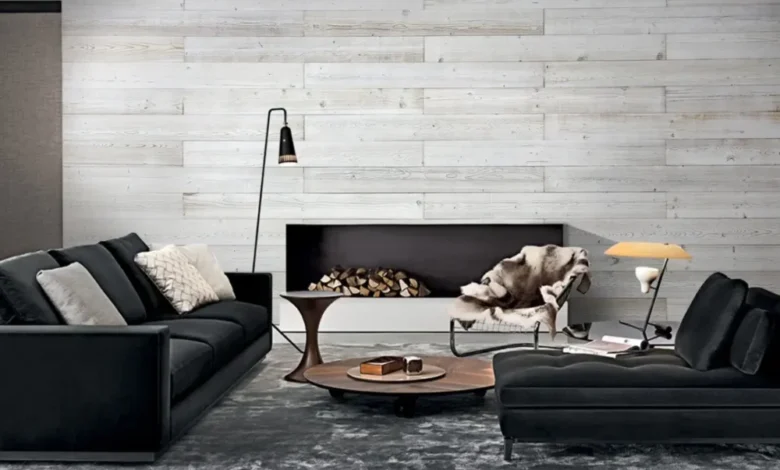
Your wood stove does more than heat a room — it anchors the space. What you place behind it can elevate your décor or create a hazard. Choosing the right wall material is both a design and safety decision. You don’t have to choose style over safety: from reclaimed barn wood to industrial metal, these 12 wall ideas behind a wood stove are fire-code friendly and seriously attractive.
Whether you’re refreshing a chalet nook or outfitting a contemporary open-plan home, these solutions balance safety requirements with design goals.
12 Wall Treatments That Work Behind a Wood Stove
After checking local codes and choosing the aesthetic you want, dive into these 12 wall treatments that combine fire safety with strong visual appeal — from rustic to modern.
1. Acoustic slatted wood panels for a modern finish

Acoustic slat panels (solid or oak veneer) deliver rich texture and sound absorption — great for framing the stove area. For safety, install them over a non-combustible base such as cement board or stone tiles.
- Vertical slats add visual height.
- Available in multiple finishes to complement flame tones.
- DIY-friendly when mounted on an approved heat-resistant substrate.
2. Reclaimed barn wood for rustic charm

Reclaimed barn boards bring warmth, patina, and character. Use them as an accent layered over an approved non-combustible backing to meet safety requirements.
- Unique grain and weathering tell a story.
- Eco-friendly option when sourced responsibly.
3. Peel-and-stick wood boards: fast and flexible

Peel-and-stick wood boards offer rustic appeal without heavy tools. When used behind a stove, mount them over a certified heat shield or non-combustible substrate per code.
- Quick installation: measure, peel, press.
- Available in modern whites, smoked browns, and charcoals.
4. 3D wood panels for dramatic texture

3D wood panels create depth and a striking focal wall. Use them above a heat-rated base and keep the immediate stove area non-combustible.
- Great for layered, high-impact installations.
- Often recyclable and low-VOC when produced responsibly.
5. Stacked stone cladding for robust appeal
Stacked stone is a classic choice behind stoves — heat-resistant and visually rich. Use natural stone or lightweight stone veneer on cement board for secure installation.
6. Exposed brick for vintage warmth

Exposed brick (or brick veneer on a non-combustible backing) combines old-world charm with natural heat resistance — perfect for rustic and industrial interiors.
7. Corrugated metal for an industrial edge

Corrugated metal is inherently fire-resistant and offers a utilitarian, lodge-like feel. Pair it with wooden beams for balanced contrast.
8. Wood-look porcelain tile
Large-format porcelain planks that mimic reclaimed wood provide the aesthetic of timber with the thermal safety of tile — ideal directly behind the stove.
9. Bleached concrete panels

Concrete panels (or cement board with a decorative finish) give a minimalist textured backdrop that’s heat-resistant and versatile for styling.
10. Fire-rated plaster or painted cement
Apply a fire-rated cement or plaster base and finish with high-temp paint in charcoal, clay, or olive. Add heat-safe art or metal accents for character.
11. Mixed-material wall: tile below, wood above

Pair a non-combustible lower zone (tile or metal) with timber or decorative panels above to balance safety and warmth.
12. Wood slat panels with integrated LED channels
Build warmth and drama by installing LED channels in wood slat panels — keeping LEDs set back from direct heat and using a non-combustible base near the stove.
DIY Tips for a Safe Stove Wall
Designing behind a wood stove is both aesthetic and safety-first. Follow these tips:
- Check local codes: Confirm clearance requirements and permitted materials — many jurisdictions require clearances (commonly ~36″ from combustibles) unless a certified thermal shield is used.
- Use non-combustible substrate: Mount timber finishes over cement board, stone, or metal heat shields when they’re within stove clearance zones.
- Consider certified thermal shields: UL-listed shields can often reduce required clearances significantly when installed per manufacturer instructions.
- Anchor heavy finishes properly: For tile, stone veneer, or concrete panels, use heat-rated adhesive and mechanical anchors into studs or masonry.
- Provide airflow: Maintain recommended spacing where needed to allow dissipation of heat and avoid trapping heat between layers.
- Follow manufacturer instructions: Use the stove manufacturer’s guidance for clearances, hearth protection, and approved shielding.
Final Thoughts
Choosing a wall treatment behind your wood stove doesn’t mean you must sacrifice safety for style. With the right substrate, code-compliant installation, and materials selection, you can create a stunning focal wall that meets regulations and enhances your room. From warm reclaimed boards to sleek porcelain and metal, there’s an option to suit every design preference.
Explore easy-to-install wall panels and peel-and-stick boards from Woody Walls to start your transformation today.
Frequently Asked Questions
What material is safest directly behind a wood stove?
Non-combustible materials such as stone, brick, porcelain tile, cement board, and metal are safest directly behind a stove. If you use wood finishes, mount them on a certified non-combustible substrate or behind an approved thermal shield.
Can I use reclaimed wood behind my stove?
Yes — but only if the reclaimed wood is installed over a non-combustible backing and outside required clearance zones, or if used above a certified shield. Always follow local code and manufacturer guidelines.
Do I need a hearth or floor protection?
Most stoves require a non-combustible hearth or floor protector extending specific distances from the stove door. Check your stove manual and local regulations for exact dimensions.
Will metal panels reflect too much heat?
Metal reflects heat, which can be desirable to improve room warming, but ensure proper clearance and ventilation. Use certified metal heat shields per the manufacturer’s instructions.
Recommended Resources
- Wood Heat Safety & Industry Guidance
- Home Depot — Tile, stone, and hearth supplies
- Family Handyman — Installing a wood-burning stove
- Woody Walls — Panels, peel-and-stick boards, and installation guides

